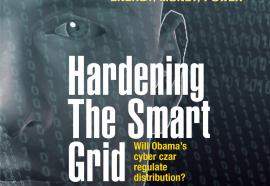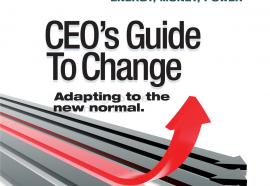Packaging Demand
Integrated demand offerings could be the next generation of energy management.
The market for demand-side products and services appears poised to explode. What began as separate energy efficiency, demand response and distributed energy program offerings are now coming together in integrated demand offerings. A recent poll of 400 industry professionals suggests such packaged offerings might open new opportunities for service providers while also enhancing the customer experience.









